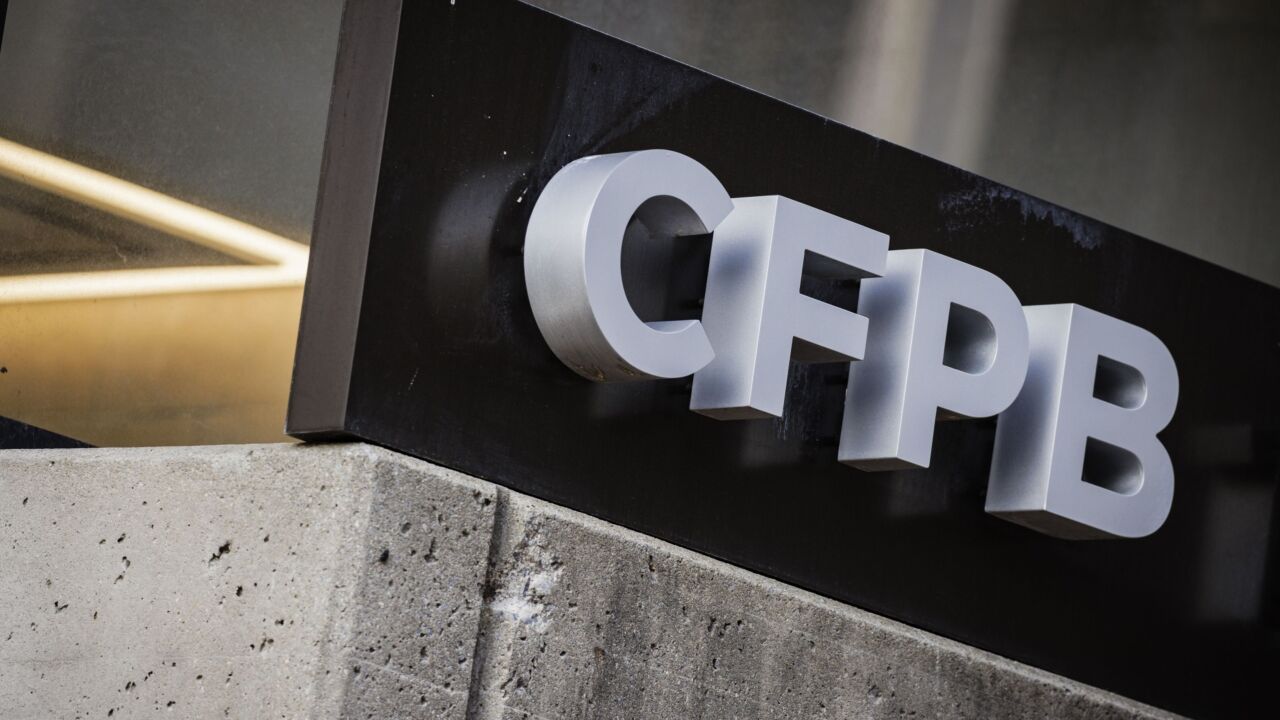It’s not yet time to retire the notion that businesses favor checks for supply chains, but deployments in multiple markets signals a turning point in modernizing B2B payments.
Financial institutions are taking advantage of tighter integrations with other business technology, a digital boost from Swift and a change in sales strategy to focus on tasks beyond transactions, a tactic that’s worked with consumers.
In just the past few days, Lloyds Bank in the U.K. upgraded its commercial bank as part of a major push to get businesses on board with digital supply chains and American Express on announced an agreement to acquire acompay, a digital payment automation platform, from ACOM solutions.

These companies still have to convince businesses, particularly smaller ones, to adopt digital payments for supply chains. There's signs that's happening, especially for larger businesses that fit into the small-to-medium-sized category, according to Peter Reville, director of primary research services at Mercator.
Businesses with annual company sales between $5 million and $10 million use digital options such as wire transfers 200% more than the general small business average (for $100,000-$10 million). That total market uses wire transfers only 9% of the time; and larger small businesses use business credit cards 135% more than the entire small business segment, which uses credit cards for 52% of payments.
"For a lot of smaller businesses, the technology has moved too fast," Reville said.
Even before Amex's deal for acompay, the card network had been stacking up B2B technology through collaborations. A relationship with
ACOM built acompay in 2016 to integrate with enterprise resource planning and accounting systems, linking these processes to check, ACH and card payments. That’s a key link, because as businesses turn to web-based software to manage their operations, there’s more reason to include financial transactions as part of the mix and less reason to keep checks and mailed invoices separate from other processes.
"We believe this deal will help alleviate common pain points associated with the accounting process for our business customers," said Dean Henry, executive vice president of global business financing and supplier payments at American Express.
The B2B payments market has seen a faster pace of movement toward online and digital, Henry said. "We have also seen trends in automation from consolidation of players and embedded bank/issuer partnerships to open platform, versus one-to-one relationships."
The card brands have also expanded B2B services.
Mastercard in July began working with OpenText, an enterprise information company, to combine B2B payments with risk data and other business information. That followed other recent fintech collaborations such as Mastercard’s partnership with
Visa recently combined its distributed ledger with bank technology vendor
Lloyds will use technology that converts commercial card transactions to cash for non-card- accepting suppliers. The bank can also benefit from tighter links to ERP through its deployment.
Lloyds referred questions to Optal, the London software company that’s supporting its B2B project.
Businesses are increasingly using ERP systems from Oracle, SAP, Ariba, Microsoft Dynamics and others to manage procure to pay processes with electronic requisitions, purchase orders and invoices replacing manual processes, said Andrew Watson, global head of working capital solutions at Optal. “We are now starting to see the use of accounting robots for keying and logging in to modernize the accounts payable process.”
Optal, which offers virtual cards, acquired payments gateway Invapay to support ERP linkage through an API, reducing the work required to set up digital payments in an effort to make it easier for cash and check-heavy businesses to use card accounts for digital B2B transactions. That’s allowed Optal to build its footprint in the U.K. and expand to more European markets, with deployments beginning later this year, and a rollout at two New Zealand banks that the company didn’t identify.
“Automation gets rid of the churn within accounts payable with auto-matching of invoices and electronic population,” Watson said. “This greatly improves reconciliation and data capture, which then assists with procurement and finance analytics.”
Other banks are updating their business banking operations to support a boost in B2B payments automation.
“There is friction for suppliers getting paid,” said Bill Wardwell, vice president of strategy and business development for Bottomline Technologies, adding the consumer-style strategy of making the payment a secondary element to a larger automation is key in gaining adoption and adding more revenue streams for the bank. “As you provide more services, the buyers educate themselves on the benefits of accepting services that come with a fee and if you provide added data to integrate into payables and receivables system and the benefits of relationships with end customers, that helps them be more amenable to accepting digital payments.”
“B2B is not something new. The entire industry is aware of it,” said Wilson. “But the supply chain industry is not able to catch up to consumers. One-to-many doesn’t make easy automation possible.”
Small businesses are likely to gloss over concepts such as straight through processing, but are likely to latch on to the information that accompanies the transaction. “So I think about this rather than an efficiency play,” Wilson said.
UMB would not disclose performance metrics for specific users, but said the appeal to the concept of improving supply chain data and the procurement process leads to greater adoption than the appeal to simply reduce paper.
The strategy is to tie digital payment flows to more detailed use cases, such as how to upload invoices or how to pair ordering and authentication in the same email.
“The businesses are hungry for automation and are open to changes, but it has to be more of a conversation than saying you have a new process that does ACH instead of checks,” Wilson said. “It’s more like if you are issuing 500 checks per month, I have an alternative that automates that and also drives all of these other efficiencies.”





